Filter News
Area of Research
- (-) Neutron Science (26)
- (-) Supercomputing (23)
- Advanced Manufacturing (2)
- Biological Systems (2)
- Biology and Environment (4)
- Building Technologies (2)
- Clean Energy (48)
- Climate and Environmental Systems (2)
- Computational Biology (1)
- Energy Frontier Research Centers (1)
- Fossil Energy (1)
- Fuel Cycle Science and Technology (1)
- Fusion Energy (1)
- Materials (52)
- National Security (2)
- Nuclear Science and Technology (14)
- Nuclear Systems Modeling, Simulation and Validation (1)
- Sensors and Controls (2)
News Type
Media Contacts
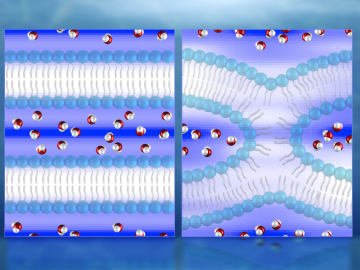
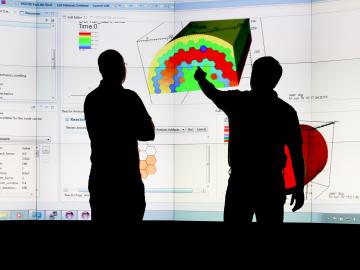

Long-haul tractor trailers, often referred to as “18-wheelers,” transport everything from household goods to supermarket foodstuffs across the United States every year. According to the Bureau of Transportation Statistics, these trucks moved more than 10 billion tons of goods—70.6 ...

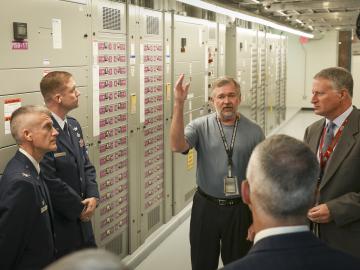
For the US military, accurate weather prediction is vital to both the planning and execution of worldwide missions. To extend its weather modeling capabilities, the US Air Force has joined the computing experts at the US Department of Energy’s (DOE’s) Oak Ridge National Laborato...
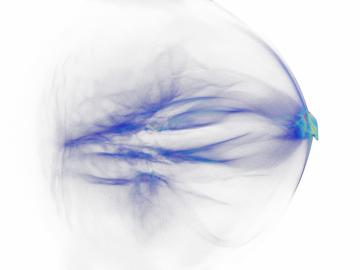
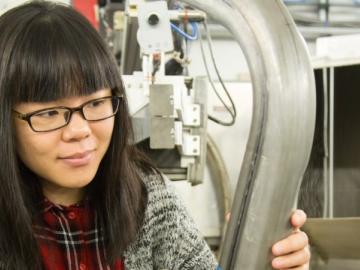
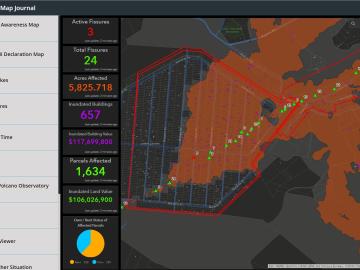
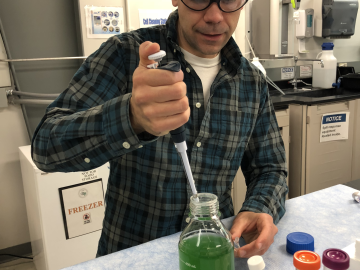

The US Department of Energy’s Oak Ridge National Laboratory is once again officially home to the fastest supercomputer in the world, according to the TOP500 List, a semiannual ranking of the world’s fastest computing systems.




